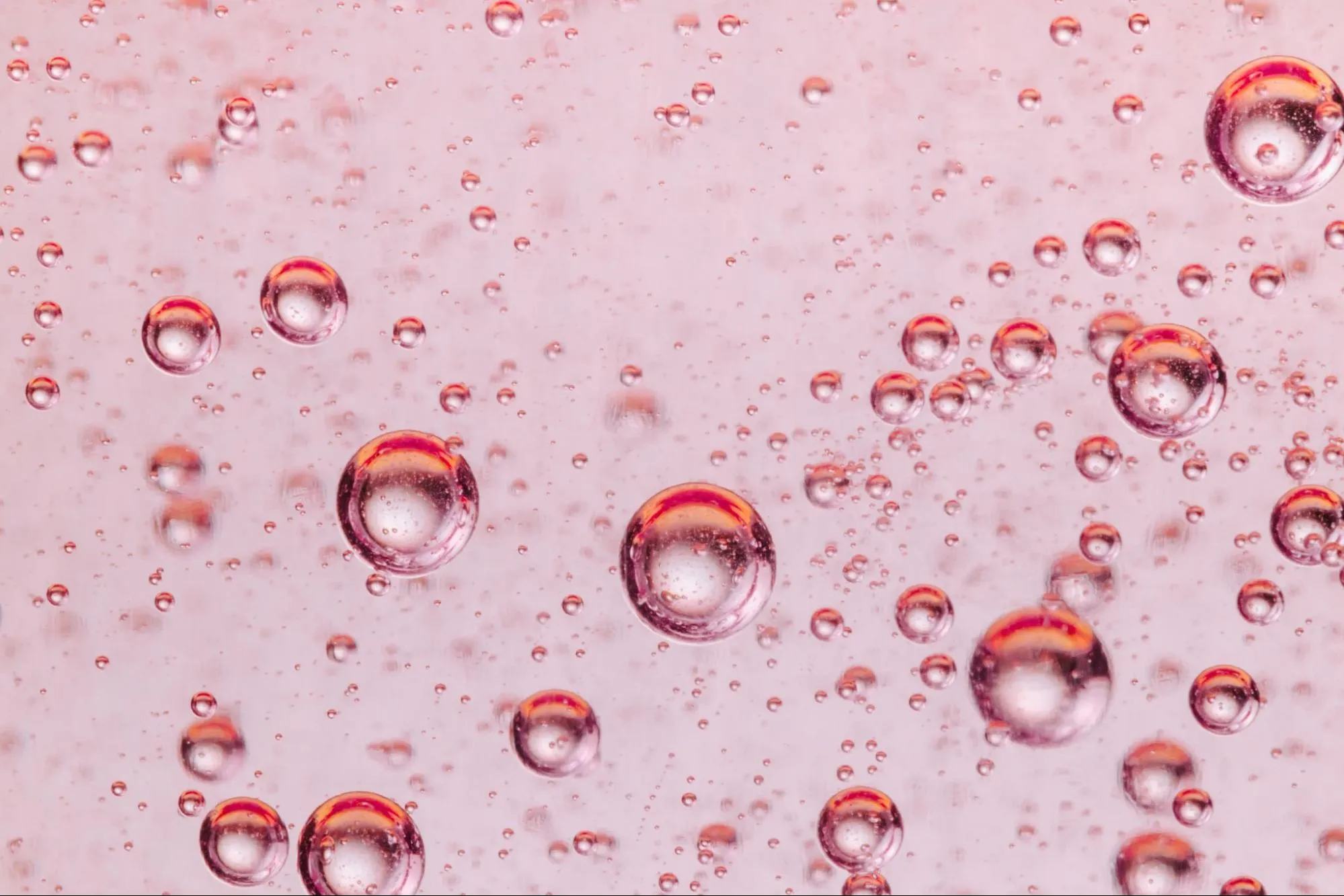- Wine Color/Type
- Top Occasions
- Unique Wines
- Surprise Me!
The Role of Alcohol in Wine
The Technical and Cultural Importance of Alcohol
When it comes to wine, the role of alcohol is multifaceted, also highly controversial as you might imagine, impacting everything from technical aspects to cultural significance. As we explore the importance of alcohol in wine, we want to shed light on how this compound is so much more than just a beverage ingredient.
Wine is science and art at once (Photo: AESOP. Wines©, unsplash.com)
Technical Importance
At its core, alcohol in wine is a result of yeast fermentation of natural sugars. This process has several technical implications:
- Microbial Inhibition: Alcohol, particularly at levels above 15-18%, acts as a potent inhibitor of various microbes, including yeasts. This property explains why fortified wines with high alcohol content are less prone to spoilage.
- Natural Preservative: Wine boasts natural preservatives, including alcohol, tannins, acidity, and sulfites. These components work in harmony to extend the wine's shelf life and prevent it from turning into vinegar.
Sensory & Quality Significance
The ethanol content in wine plays a pivotal role in shaping its sensory attributes and overall quality:
- Balancing Act: Ethanol acts as a partial anesthetic, reducing the palate's sensitivity to acids and tannins. This balance is crucial for creating a harmonious wine tasting experience.
- Enhancing Viscosity: Ethyl alcohol, a specific type of alcohol, contributes to a wine's viscosity, imparting sweetness and body to the final product.
- Maturation Magic: Alcohols play a vital role in the maturation process of wine. During this phase, alcohols react with natural acids, forming aromatic compounds known as esters. These esters are responsible for the familiar fruity aromas found in wine, reminiscent of pineapples, bananas, strawberries, and raspberries.
It’s a balancing act (Photo: Lance Reis, unsplash.com)
Legal & Tax Considerations
Alcohol content also has legal and tax implications in the world of wine:
- Taxation Based on Alcohol Level: Many countries levy wine taxes based on alcohol content. For instance, in the United States, wines with alcohol levels above 14% incur additional costs for wineries.
- Legal Drinking Ages: Countries vary in their legal drinking ages, impacting alcohol consumption patterns and guidelines. In Germany for instance you are in for a drink with 18, in the US you’d need to wait another 3 years.
Health Concerns
The health aspect of alcohol consumption is a topic of ongoing research with complex findings:
- Health Risks: Excessive alcohol consumption is associated with various health risks, including cancer, liver disease, heart disease, and nervous system damage.
- Moderate Benefits: Moderate alcohol consumption, on the other hand, may have certain health benefits, such as a reduced risk of heart attacks. Ethanol in wine can increase HDL ("good") cholesterol, improve insulin sensitivity, and reduce inflammation in arteries.
Read more about the impact of alcohol on health on our previous blog.
- Patterns Matter: The pattern of alcohol consumption matters. Distributing alcohol intake evenly throughout the week or consuming it with meals appears to maximize benefits and minimize risks.
Social and Cultural Significance
Alcohol, particularly wine, holds a significant place in society and culture:
- Cultural Integration: Wine is deeply integrated into the culture and lifestyle of various regions. In Mediterranean areas like Spain and Italy, moderate wine consumption is part of daily life, often enjoyed with a balanced diet.
- Social Lubricants: Wine serves as a social lubricant in many cultures. In Western cultures, Champagne symbolizes celebration, while in China, wine is a common feature at social gatherings and events.
The Rise of Low Alcohol Wine
Finally, the wine industry has seen the emergence of low alcohol wines as a growing trend:
- Definition: Low alcohol wine typically falls within the 0.5% to 5.5% ABV (Alcohol by Volume) range, with wines between 5.6% and 15% ABV classified as "lighter alcohol" wines.
- Market Growth: The no- and low-alcohol wine category has experienced significant growth, with values up by 39% in recent years.
- Examples: Wineries like Gallo have responded to this trend with offerings like a 5.5% ABV "Summer White" and a 9% ABV Barefoot Pink Moscato.
- Tax Implications: Lower alcohol wines often enjoy reduced tax rates, making them an attractive option for both producers and consumers.
Low and no - alcohol is a recent trend. (Photo: Pawel Czerwinski, unsplash.com)
In conclusion, alcohol in wine goes beyond mere chemistry; it influences the technical, sensory, legal, health, and cultural aspects of this beloved beverage. As wine enthusiasts continue to explore the world of wine, understanding the significance of alcohol enhances their appreciation of this timeless elixir. So, whether you're savoring a full-bodied red or a light, low-alcohol white, remember that the role of alcohol in wine is as diverse as the countless varietals it graces.
Cheers from the VinoVoss team to the multifaceted world of wine!
Lotte Gabrovits
Latest articles



